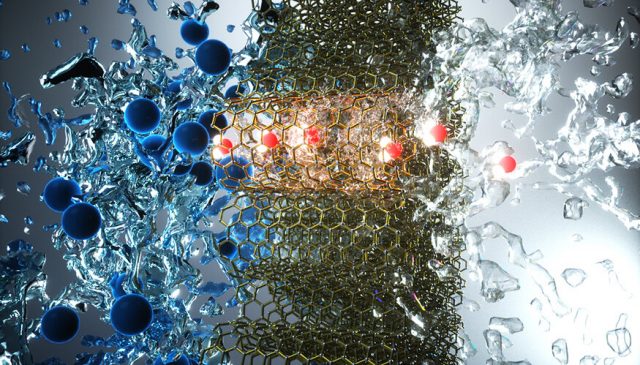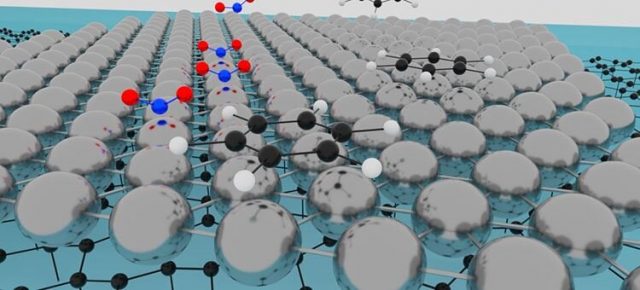Since the Nobel Prize in Physics was awarded for research on graphene in 2010, 2-D materials—nanosheets with atomic thickness—have been a hot topic in science. This significant interest is due to their outstanding properties, which have enormous potential for...
Scientists can have ambitious goals: Curing disease, exploring distant worlds, clean-energy revolutions. In physics and materials research, some of these ambitious goals are to make ordinary-sounding objects with extraordinary properties: Wires that can transport power without any energy loss,...
Using specialized nanoparticles, MIT engineers have developed a way to turn off specific genes in cells of the bone marrow, which play an important role in producing blood cells. These particles could be tailored to help treat heart disease...
One of the key challenges in developing effective, targeted cancer treatments is the heterogeneity of the cancer cells themselves. This variation makes it difficult for the immune system to recognize, respond to and actively fight against tumors. Now, however,...
Researchers at the National Institute of Standards and Technology (NIST) have developed a new method of 3-D-printing gels and other soft materials. Published in a new paper, it has the potential to create complex structures with nanometer-scale precision. Because...
Membrane separations have become critical to human existence, with no better example than water purification. As water scarcity becomes more common and communities start running out of cheap available water, they need to supplement their supplies with desalinated water...
Adding calcium to a composite graphene-substrate structure creates a high transition-temperature (Tc) superconductor.
In a new study, an Australian-led team has for the first time confirmed what actually happens to those calcium atoms: Surprising everyone, the calcium goes underneath both the upper...
By varying the energy and dose of tightly focused electron beams, researchers have demonstrated the ability to both etch away and deposit high-resolution nanoscale patterns on two-dimensional layers of graphene oxide. The 3-D additive/subtractive "sculpting" can be done without...
Australian researchers and their colleagues from Russia and China have shown that it is possible to study the magnetic properties of ultrathin materials directly, via a new microscopy technique that opens the door to the discovery of more two-dimensional...
Researchers at Chalmers University of Technology, Sweden, together with colleagues from other universities, have discovered the possibility to prepare one-atom thin platinum for use as a chemical sensor. The results were recently published in the scientific journal Advanced Material...
A team of scientists from ASU and Shanghai Jiao Tong University (SJTU) led by Hao Yan, ASU's Milton Glick Professor in the School of Molecular Sciences, and director of the ASU Biodesign Institute's Center for Molecular Design and Biomimetics,...


















